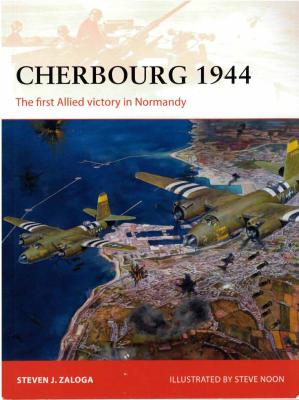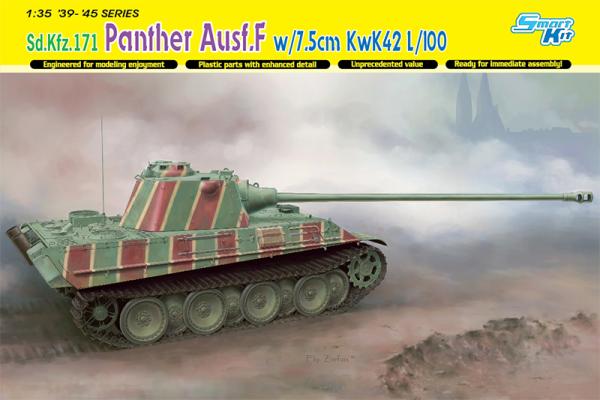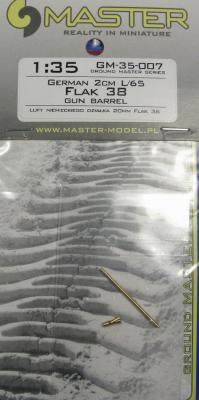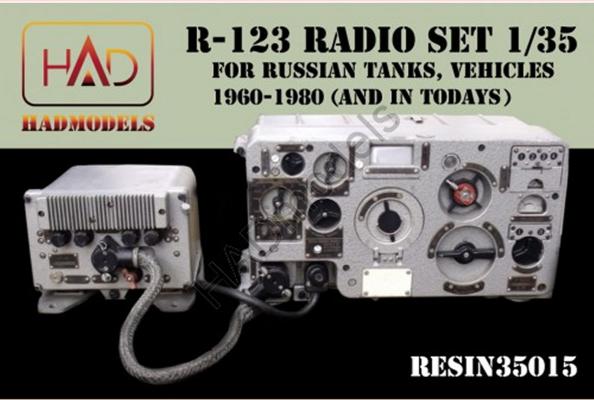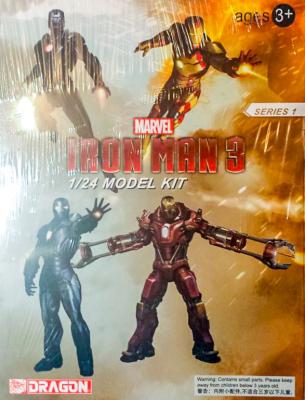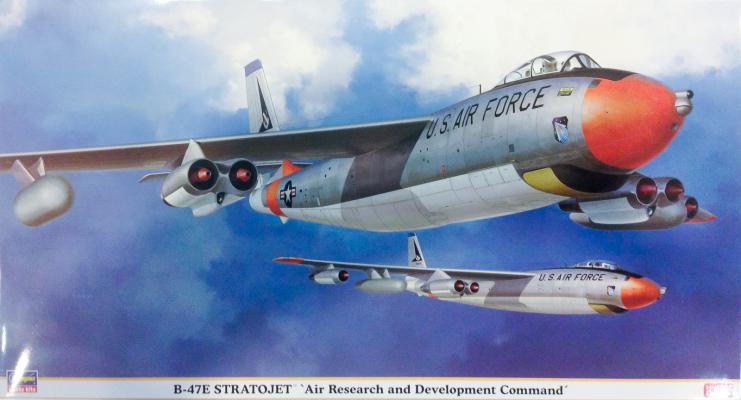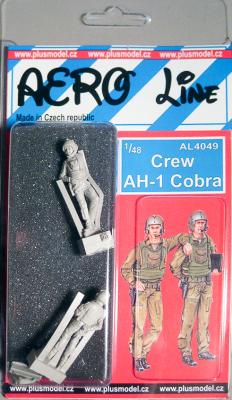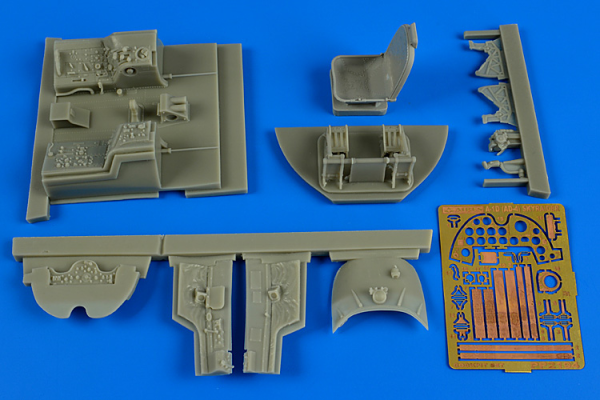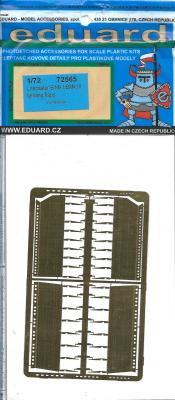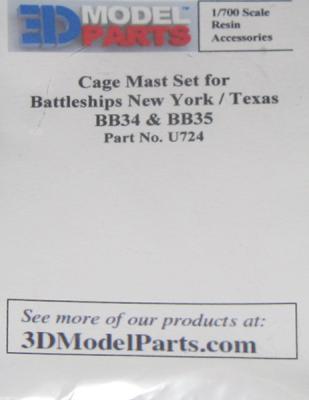Osprey is a publishing house in the United Kingdom that should be familiar to most modelers, historians, and military history buffs. They have several ongoing series that tackle a variety of topics, including famous campaigns in military history. The 278th volume of their campaign series tackles the capture of the French port city of Cherbourg in June, 1944. The author of the volume is one of Osprey’s most prolific, Steven J. Zaloga. The illustrator of the color plates is Steve Noon. At 93 pages of text, this is a fairly standard length for this series.
What's New
Anyone who knows me well knows that I’m a bit of a fan for speculative or hypothetical armor. In this field, Dragon Models has done me well over the decades, and I’ve had the pleasure of assembling everything from their E-100 and Kugelblitz AA tank to a couple of variants on the Panther F. This latest incarnation sits well with my other renditions and then some.
As is typical of Dragon, the box comes packed with parts; 17 sprues in all plus clear parts for the periscopes, three separate sheets of photoetch, two types of metal cable for the tow ropes, a metal shroud for the mantlet and rubberized tracks. There’s also a tiny decal sheet that seems to have been tossed in more as an afterthought. Predictably for Dragon, you’ll inevitably find yourself with a host of spare parts which should be useful for other projects.
Master Model from Poland specializes in aftermarket turned-metal parts for model kits. In my personal option, they are among the best in the market; I really like their products.
This set is devoted to the German 2 cm L/65 Flak 38 and includes a turned-metal barrel and a flash suppressor. The set is very nicely detailed, capturing small details, even down to the holes on the side of the suppressor.
The instruction sheet clearly describes where to cut and how to modify the plastic part to receive the aftermarket detail part. It is a very easy task, and any modeler with a bit of experience modifying parts will run into no problems.
My sample suffered some minor damage during transit. However, it was easy to shape the flash suppressor back to its original size. I just used the tip of a toothpick and very gently rolled the piece back and forth until it rolled smoothly over a flat tile (any hard, flat surface would work).
HAD Models has introduced a 1/35 scale Radio which represents the kind found in Russian tanks from 1900 to 1980 but also could be applicable to present times also. The set consists of two cast resin part and three pieces of photoetch. The resin and photoetch are very well done and initial building is simple.
Being a huge Iron Man fan, when I saw the new Dragon 1/24 scale kits, I couldn’t wait to get my hands on them. The kit that I was able to get for this review is the Mark 16 “Nightclub” armor kit from Iron Man 3.
Sadly, I have not had an opportunity to watch the movie, but I will say that being a fan of darker colors this is now my favorite set of armor worn by Iron Man. Opening the package, I was greeted with just a few parts: a head, two arms, two legs, two torso halves, and three base bits. This kit was gonna be insanely easy to build!
Boeing's B-47, the first American jet bomber, was ordered in April 1946, and first flew in 1953. Although thought to be a good-looking plane, it had a few shortcomings that shortened its service life, including limited weight movement due to its landing gear configuration and uncomfortable crew conditions.
Hasegawa's B-47E kit comes in a big box with a nice painting on the top, and it includes decals for two aircraft of the Air Research and Development Command. The plastic is light gray, and as this release is a reissue of a vintage kit, it sports raised rivets and panel lines. There are many sink marks, including ones on the seat backs, wing roots, wheel wells, bomb bay doors, and fin. The kit features a one-piece canopy plus a positionable boarding ladder, crew door (with nothing behind it), and bomb bay doors. A bomb load is also included.
Finally, somebody has made figures for the helicopter models in 1/48 scale. Aero Line’s latest release is marketed as a Cobra crew. As far as I know there have been no previous US Army helicopter pilots available in this scale.
Packaged in a vacuformed shell, Aero Line has created two beautifully cast figures molded in light gray resin. The instructions are on the back of the insert card. There is no actual color callout, just the color profiles. The instructions show the flight suits in a Vietnam-era olive green like the two-piece flight suit of the time; however, with the way the figures are molded, you could easily modify them by removing the upper pants pockets and painting the flight suit in the sage green color of the one-piece and no one would be the wiser.
Aires continues it release for the recent bounty of 1/32 Skyraider with a cockpit set for the Trumpeter AD-4 kit. The set consists of 7 gray resin parts, all of which are perfectly cast. One of these, the gun sight, is not used for the Trumpeter kit. The set also has a photoetch fret with 26 pieces with the instrument panel and seat belts making up the majority. Lastly, there is a film sheet with the instruments printed on it and having parts for a gun sight which is also not used.
My thanks to Eduard for furnishing this photo-etch set for review and IPMS for allowing me to do it.
The Avro Lancaster of World War II fame can trace its linage back to the twin-engine Avro Manchester. The Manchester saw a lot of action in the early months of World War II. However, it was underpowered and generally did not meet RAF expectations. Using the Manchester as a starting point the Avro engineers increased the wing span, replaced the two Rolls-Royce X-24 Vultures with four Rolls-Royce V-12 Merlins, lengthened the fuselage and redesigned the tail. The results was a bomber with impressive performance and excellent flying characteristics. Its top speed was 282mph at 63,000 lbs. and its landing speed was 95-100mph using the old split flap design set to full down.
One problem that has plagued ship modelers for years is trying to replicate the “cage” masts which first appeared on the South Carolina battleship series. Kits have tried to replicate them in plastic and it just can’t duplicate the fineness. Photoetch has been done but it requires a deft hand to bend and even then, it’s flat. Enter 3D Model Parts. This set contains two masts for USS Colorado/Tennessee class ships which require both masts. The masts are done in orange plastic and come two to a set packed in a sturdy plastic tube in a pouch. Instructions include where to cut. These are printed parts and printing is starting to make a real inroad to the hobby.

